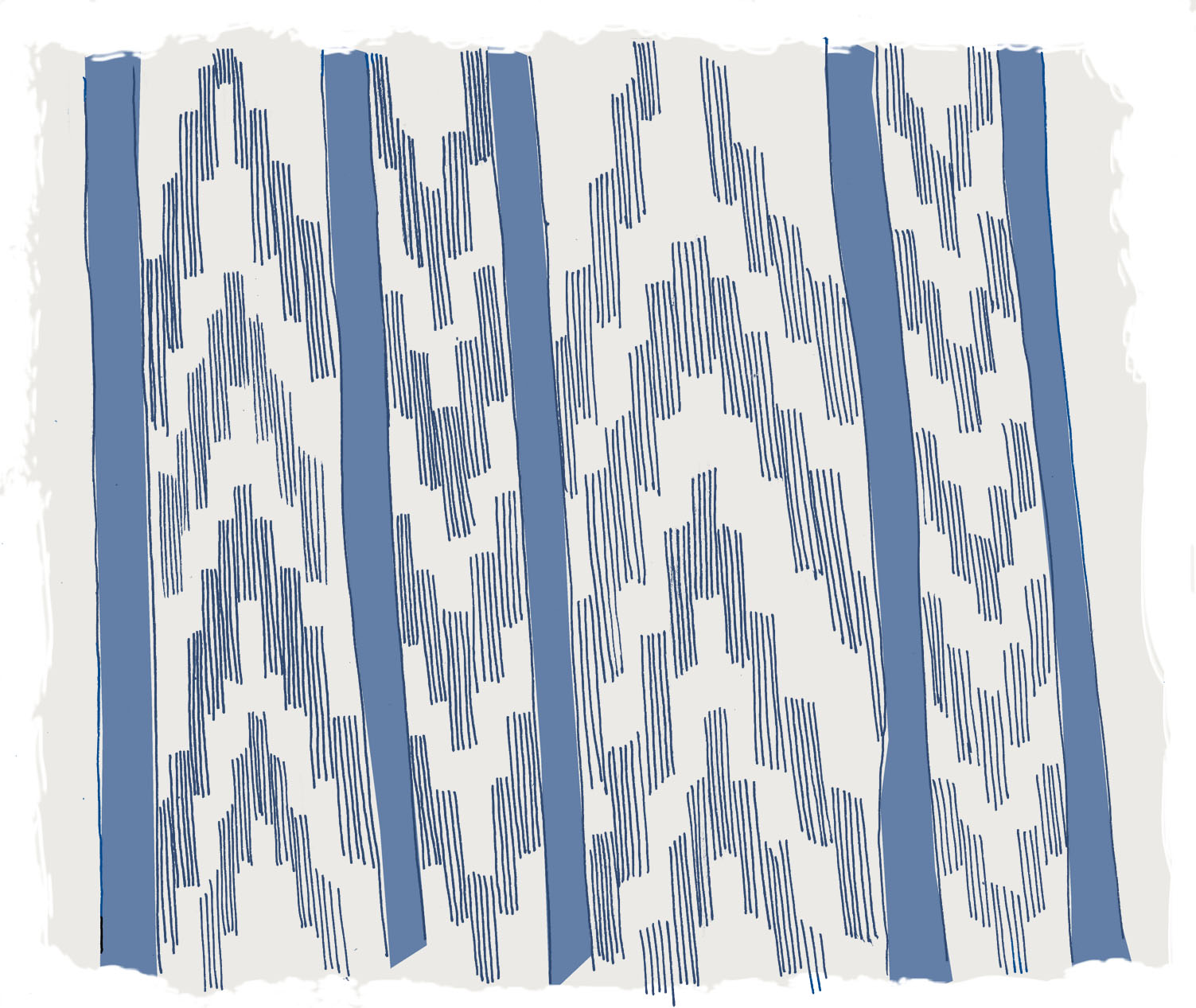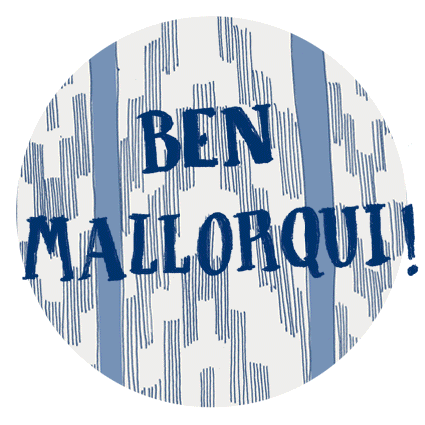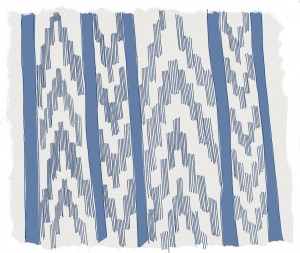
Roba de llengües
La roba de llengües és una d’aquestes especificitats mallorquines difícils d’entendre si un ve de l’exterior. Per què totes les cortines, coixins i demés coses folrades, han de tenir sempre a Mallorca aquesta tela blanca amb llengües i franges de diferents colors? I perquè no, et respondrà un mallorquí, quina altra tela vols qui hi vagi, si aquesta és la més bona i la que hi queda millor? Quan arribem a aquesta mena d’arguments, és millor no discutir.
La roba de llengües és una tela artesana de cotó tenyida manualment segons la tècnica oriental de l’ikat. Ara sense bromes, és l’única tela europea que es fa encara seguint aquest procediment arribat fa segles a aquest racó de mar. Gràcies al seu procediment de tenyit, la roba de llengües no te cara bona i dolenta, és idèntica per les dues parts. És una tela que no és econòmica, però és un producte d’indubtable qualitat. Darrerament, els esforços per fer-la sortir de l’illa i aconseguir que entri a segons quins exclusius circuits comercials han començat a donar resultat. Es troba en algunes botigues de les principals ciutats europees, i es comença a elaborar producte donant valor afegit al teixit. Valoritzar el que té cadascú està molt bé, però anem amb compte: en fer-se manualment, la producció de llengües és limitada. Com deixin l’illa sense tela, la revolució serà important.
Roba de llengües textiles are another of these Majorcan specific natures, which may be hard to understand from the outside. Why do in Mallorca all curtains, cushions and other lined things must always have this white, colour stripped cloth on them? “And why not”, will answer a Majorcan native, “what other kind of cloth would want if this one is the best and most flattering one?” When you get these kinds of responses better not argue.
Roba de llengües is an artisan cotton cloth, hand-dyed using the oriental technique ikat. We’re not kidding, it’s the only European fabric that is still made following this method, which got to this part of the sea centuries ago. Thanks to the way it’s dyed roba de llengües cloth does not have a good side and a bad side, both sides are the same. It’s not a cheap fabric, but it’s a product undeniable quality.
Lately, efforts for making it reach other parts of the world and get it to enter some exclusive commercial circuits have started to pay off. It can be found in some shops in the main European cities, and the product starting to be made with added value. Appraising what we’ve got is good, but let’s be careful: being handmade means it’s production is limited. If they leave the island without any cloth, the revolution will be major.
Text by Tomeu Terrades Oliver


+ There are no comments
Add yours